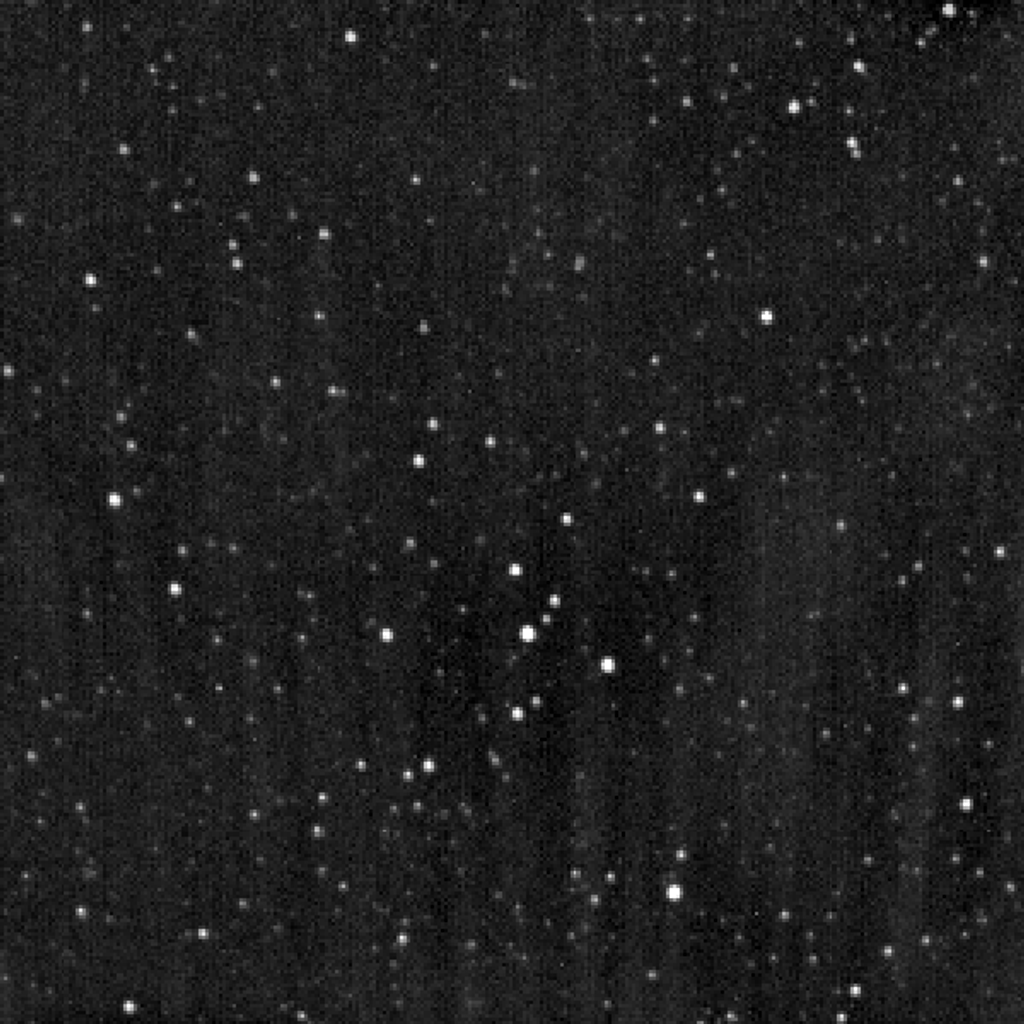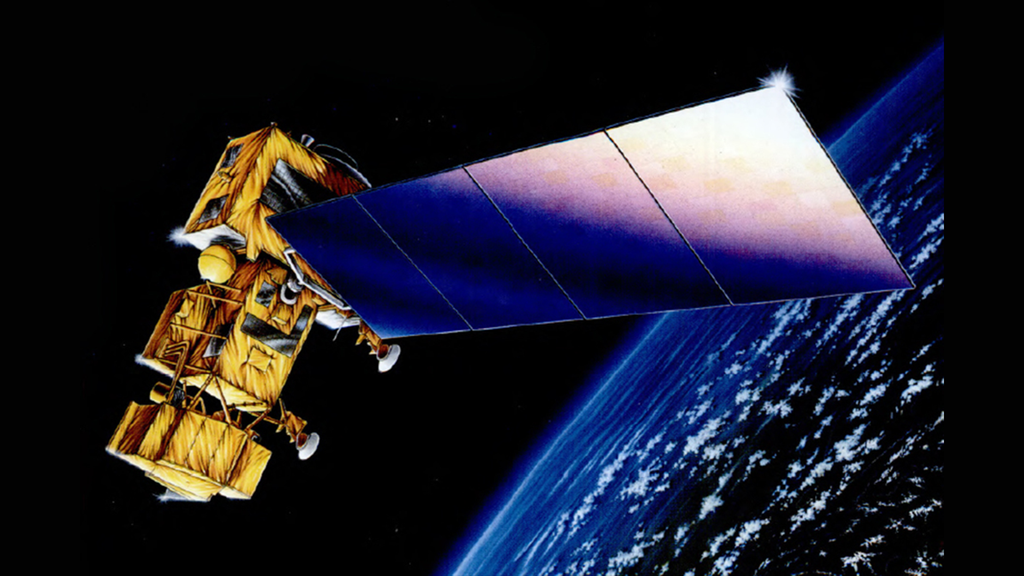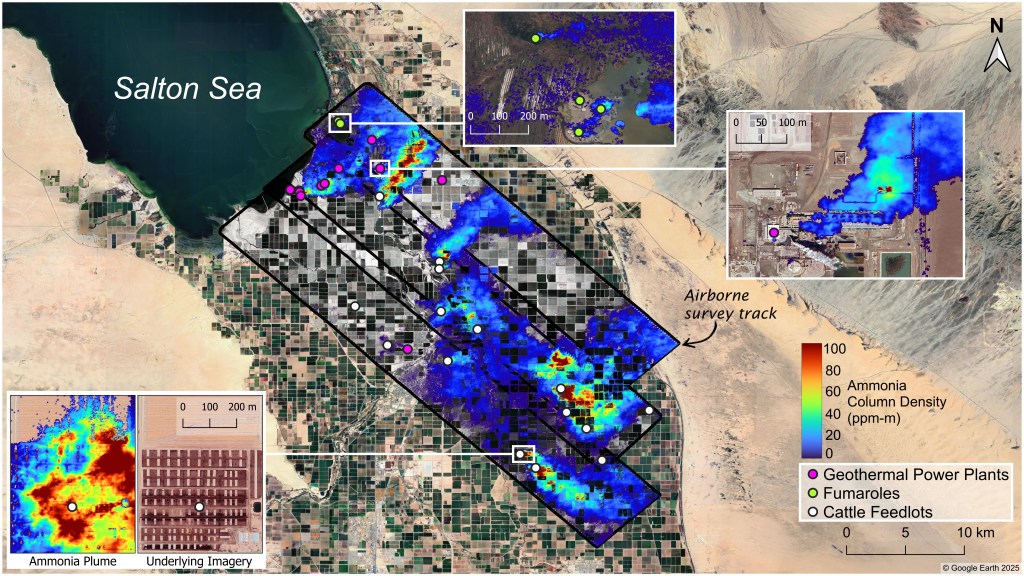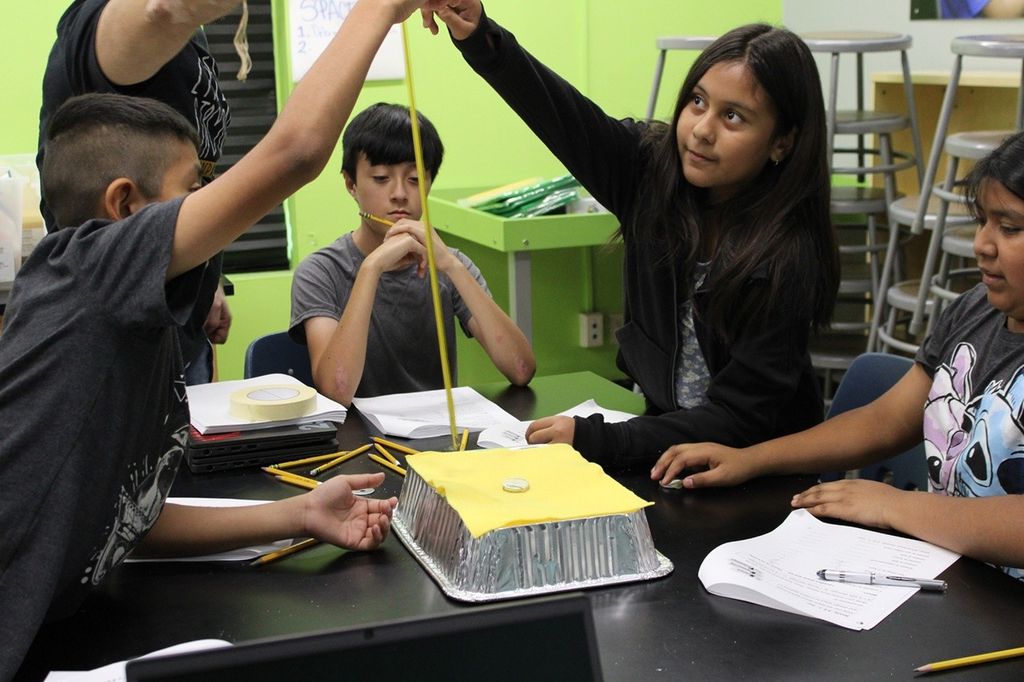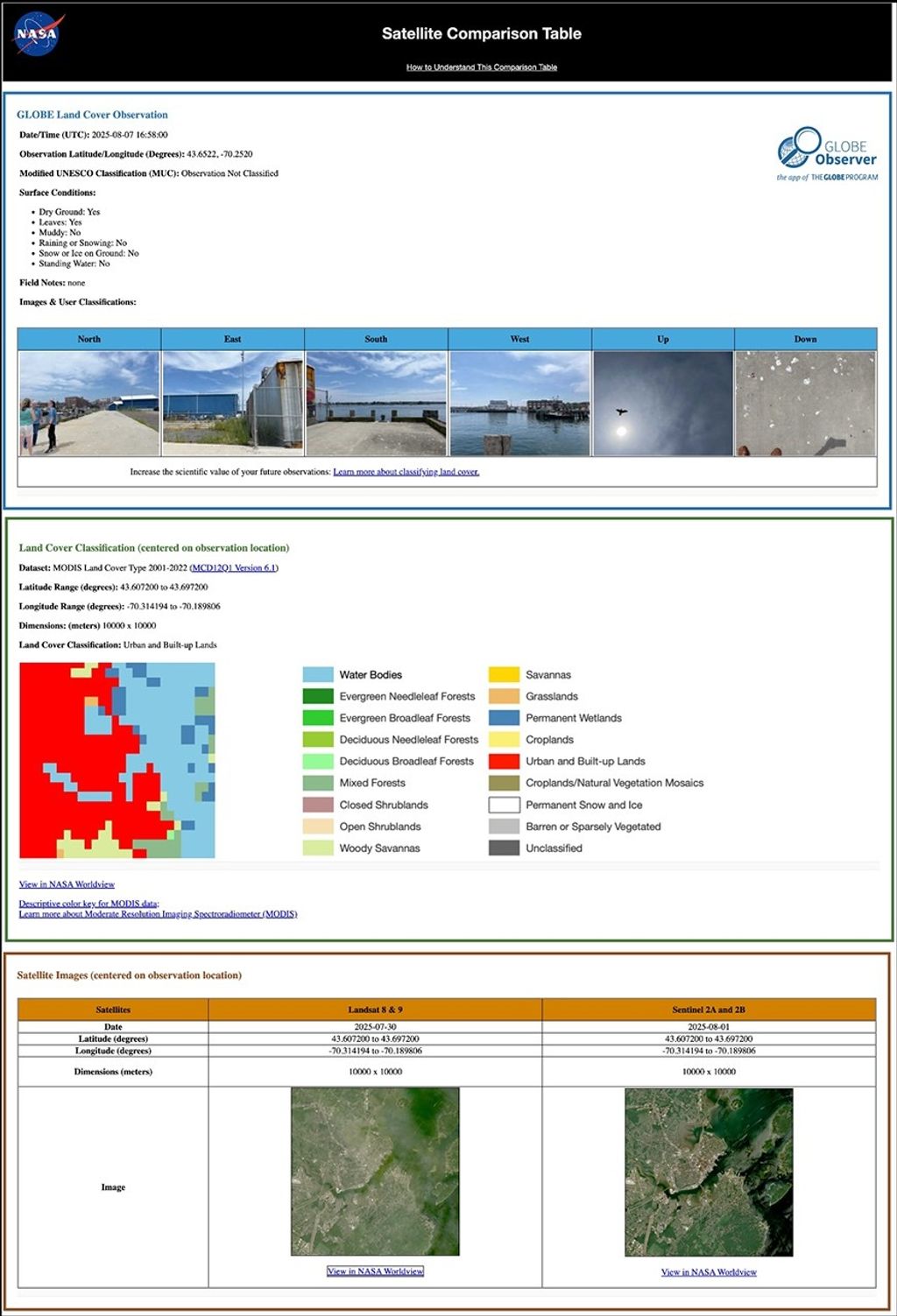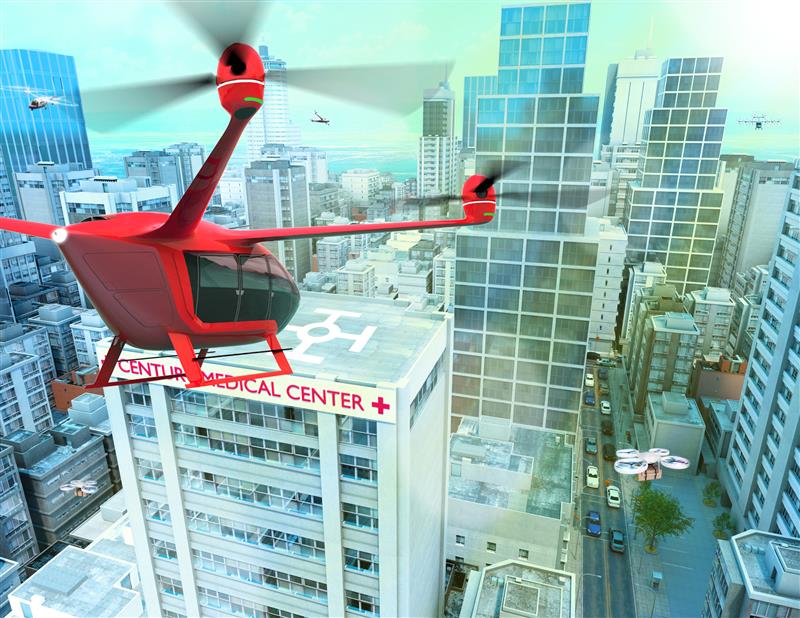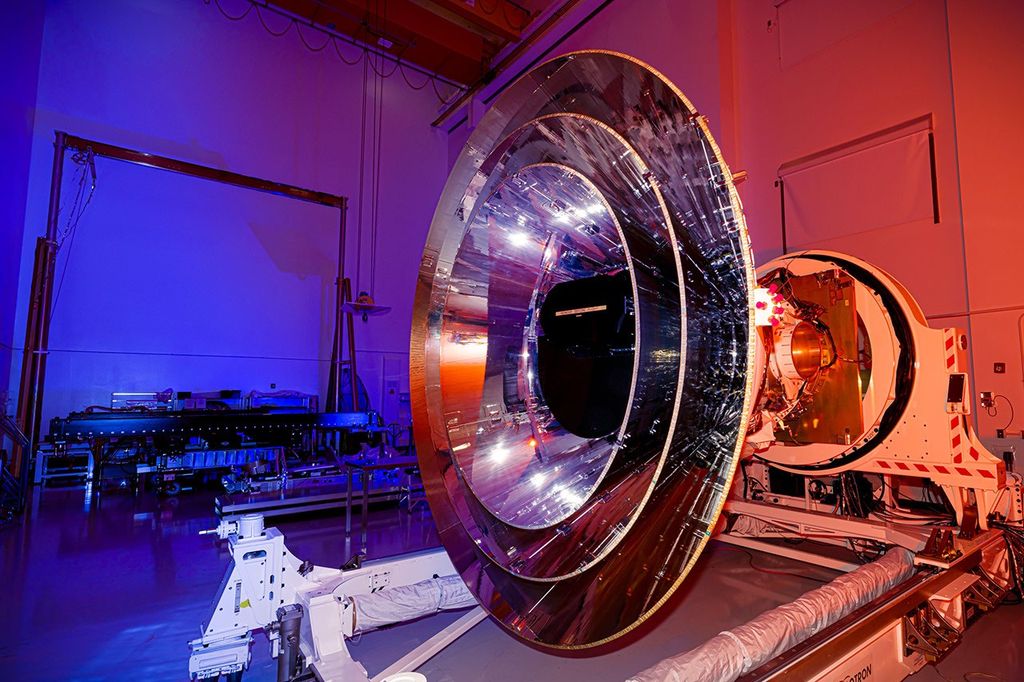Fruit Fly Lab (FFL) Stories
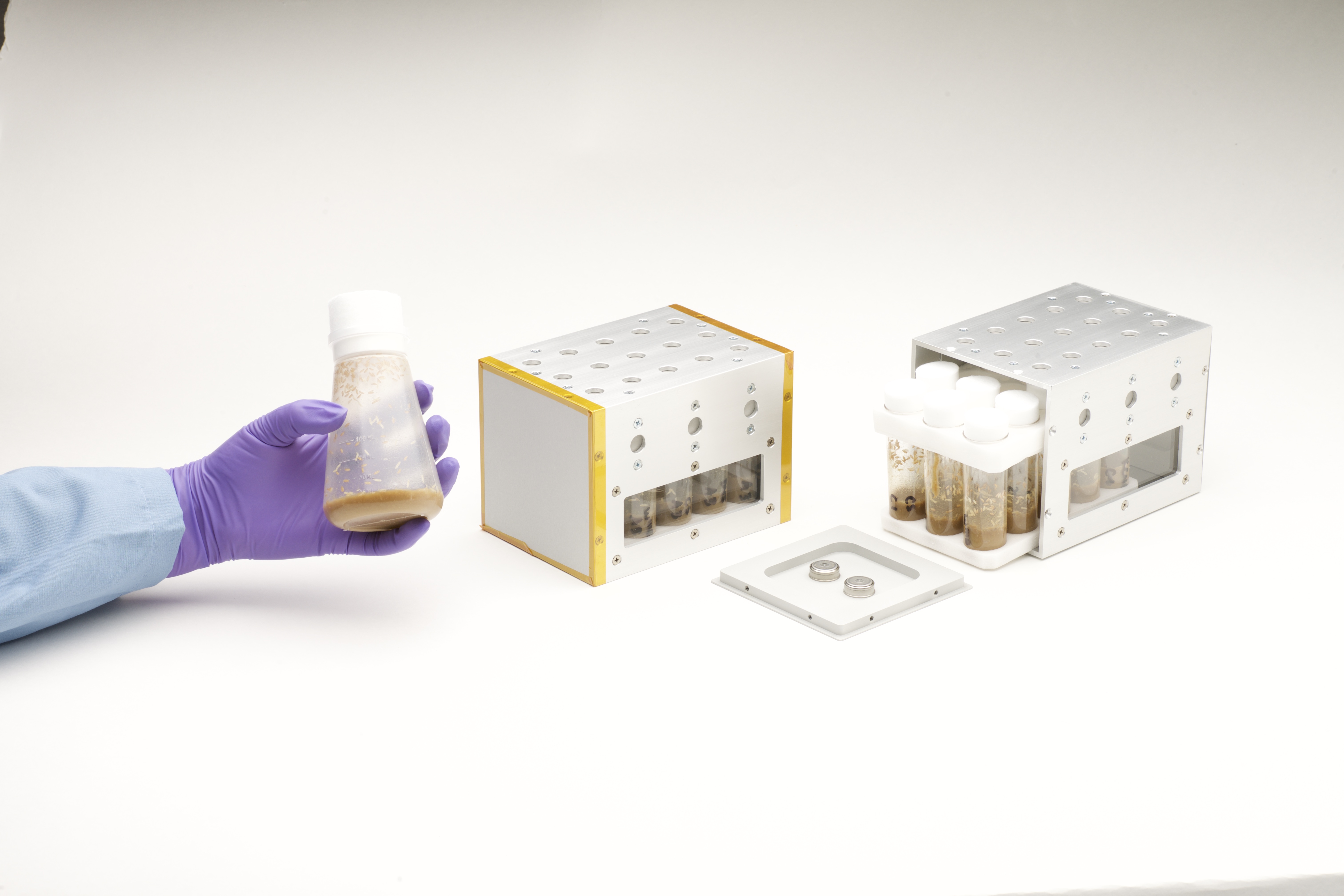
NASA Provides Hardware for Space Station DNA Repair Experiment
2 min read
When it comes to helping NASA scientists better understand the effects of space travel on the human body, fruit flies are the heavyweights of experiments in weightlessness. Because humans and fruit flies share a lot of similar genetic code, they…
Article






